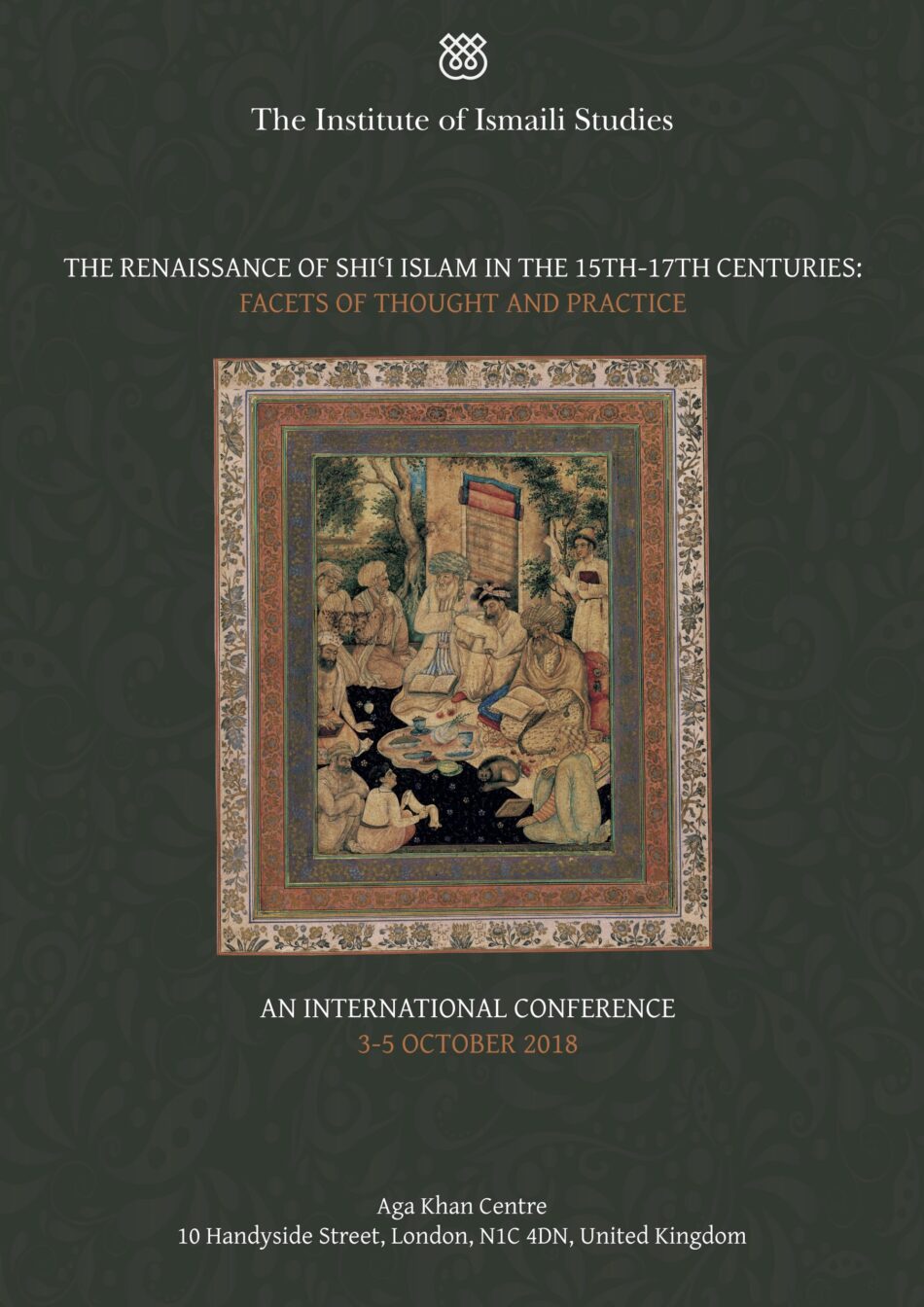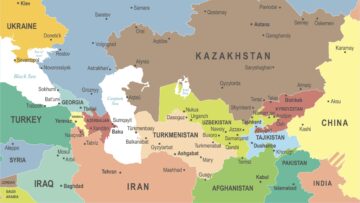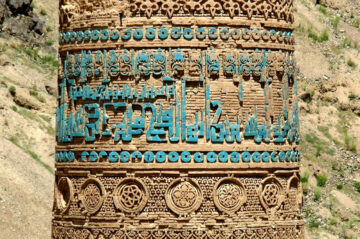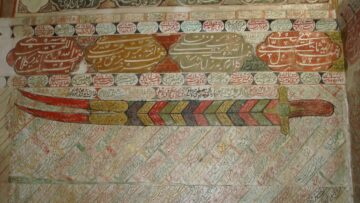- Shi'i Studies
- Conference
The Renaissance of Shiʿi Islam in the 15th–17th Centuries: Facets of Thought and Practice

-
Status
Applications Closed -
Date
03 Oct 2018 to 05 Oct 2018 -
Location
London
The 15th century marked the renaissance of the Ismaili and Twelver Shiʿi traditions after centuries of marginalization. It was with the commencement of the imamate of Mustanṣir biʾllāh II around 868/1463– 1464, that the Anjudān revival of the Nizārī IsmailisAdherents of a branch of Shi’i Islam that considers Ismail, the eldest son of the Shi’i Imam Jaʿfar al-Ṣādiq (d. 765), as his successor. began. Around the same time, several Shiʿi messianic movements emerged in Iran and spread to the neighbouring countries. One of these, the SafavidsA major Shi’i dynasty which ruled Persia (1501-1732 CE), and was succeeded by the Afsharids. (See also Qizilbash, Safawiyya.), became particularly successful: in 1500, led by the youthful Ismāʿīl I, the Safavid forces defeated the army of the Aq Qoyunlu, and a year later, in the summer of 1501, took their capital Tabriz, thus establishing the Safavid state which then became an empire and the first major Shiʿi power since the fall of the FatimidsMajor Muslim dynasty of Ismaili caliphs in North Africa (from 909) and later in Egypt (973–1171) More in 1171. However, the complexities of the roles of different groups, movements and currents of thought in the complicated process which can be described as ‘the Renaissance of Shiʿi Islam in the 15th and 17th centuries’ remain unexplored. The aim of this conference is to investigate and evaluate these contributions, taking into account the most recent scholarship in the field. In particular, we intend to address the following subjects:
- What were the common characteristics of Shiʿi messianic movements active in the 15th–17th centuries?
- Why was one of them, the Safavids or Qizilbashīs, particularly successful?
- What was the substance of the Anjudān revival of the Nizārī Ismailis?
- Which developments of kalāmFrom Arabic, lit. ‘Speech, discussion, argument’, translated as philosophical theology, refers to theological reflection using rational philosophical argumentation to study and express the content of the faith in a coherent… and Sufism in this era can be described as the ‘Shiʿitisation of Sunnism’?
- How did the School of Isfahan emerge? What were its principal manifestations in different fields of knowledge?
- How did the Ismailis interact with Twelver Shiʿism and Sufism?
- What were the defining characteristics of Shiʿi exegesis, theology, law and gnosis during this period?






